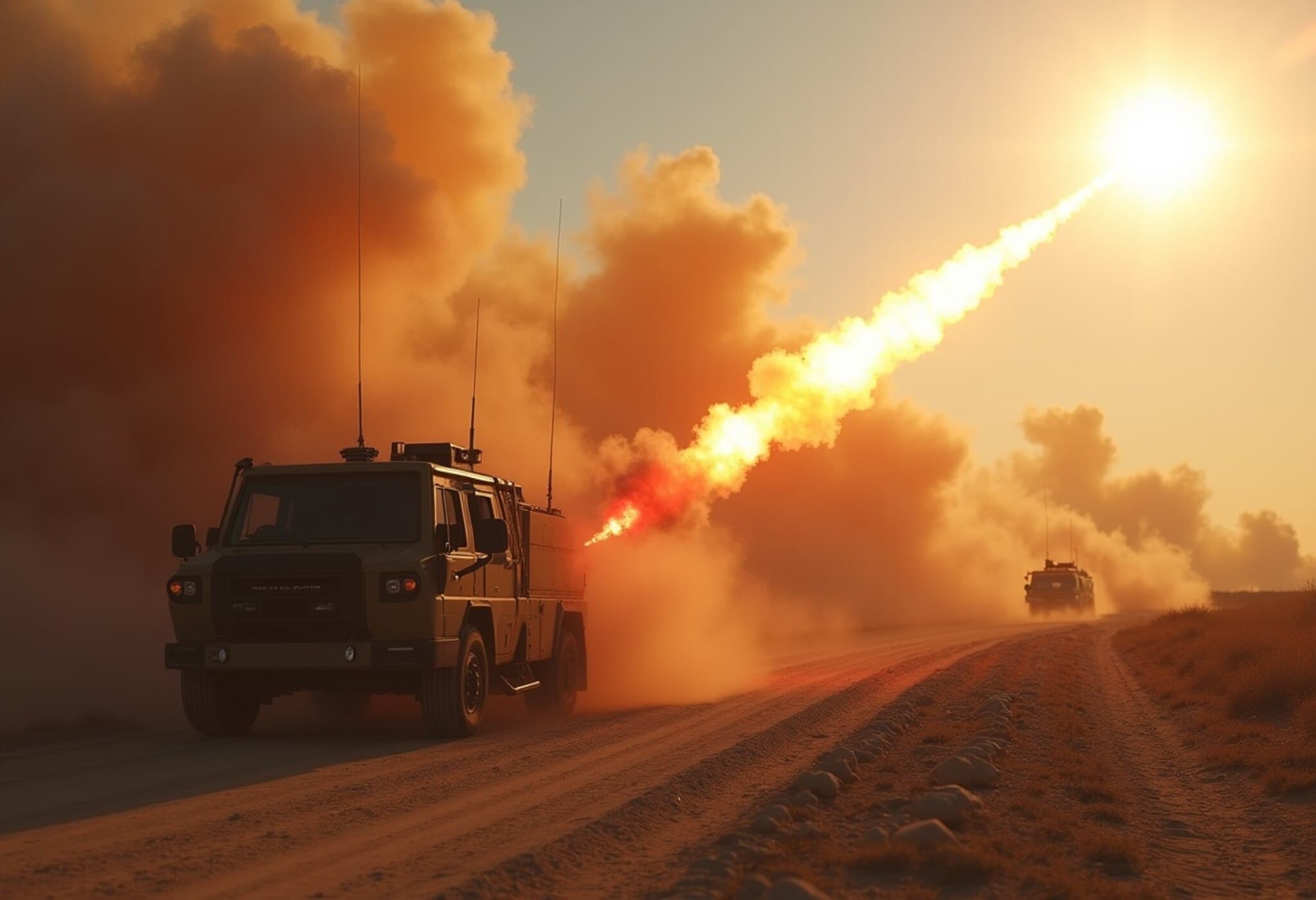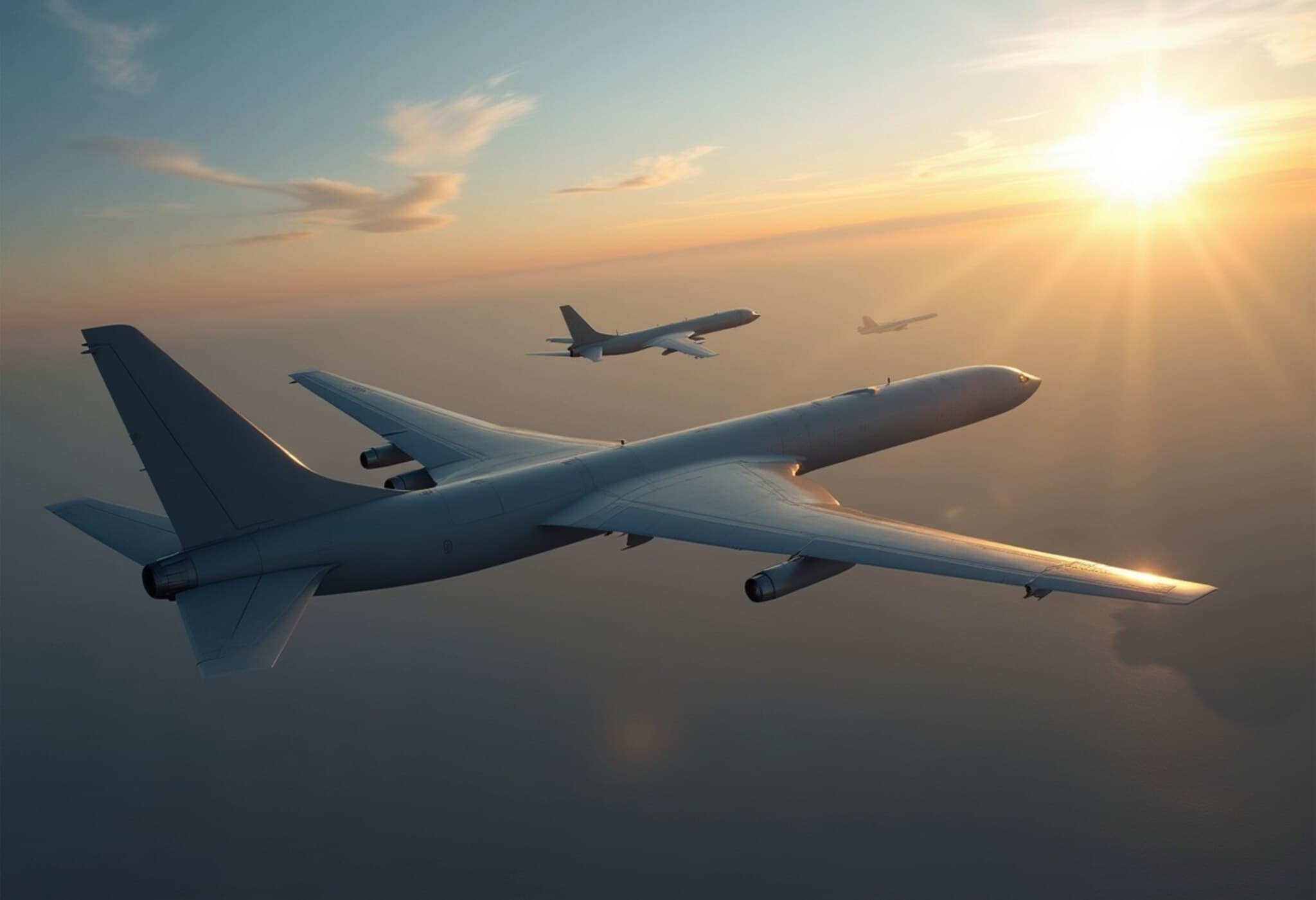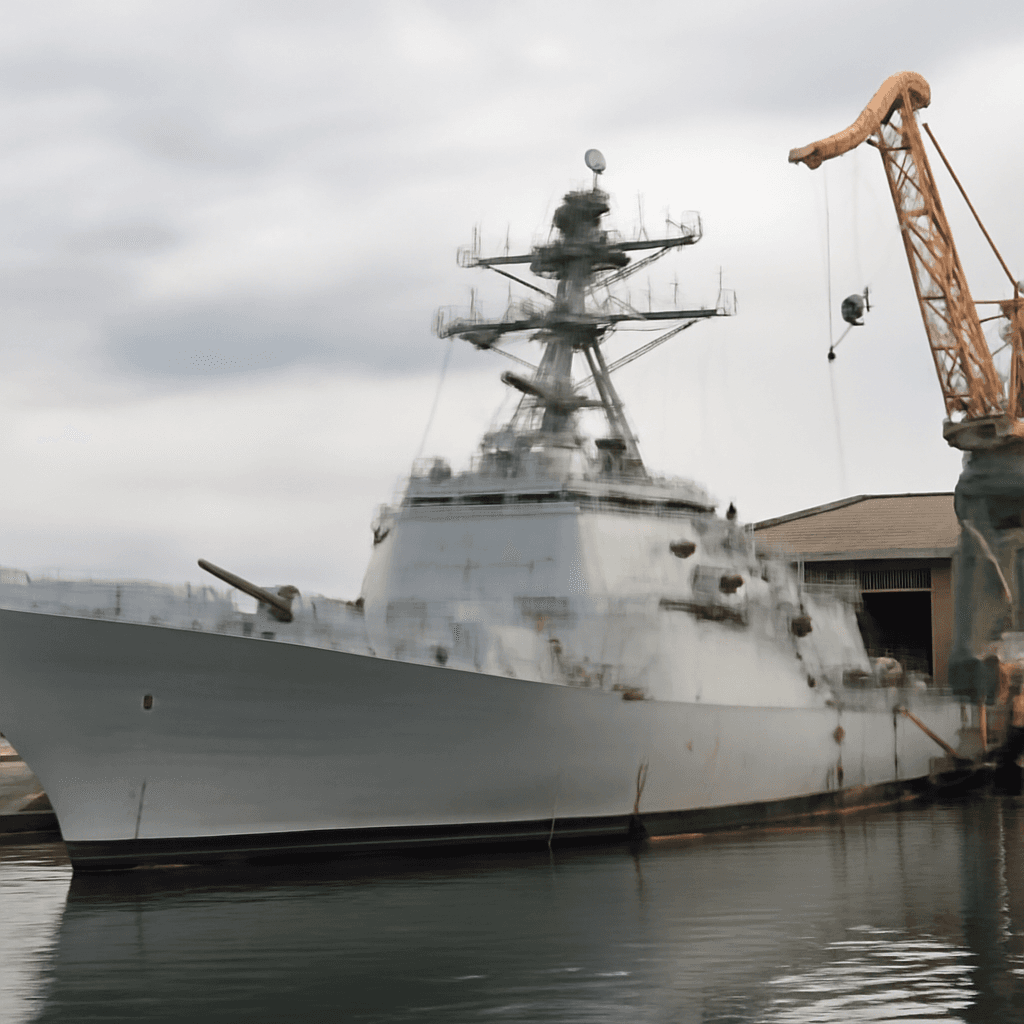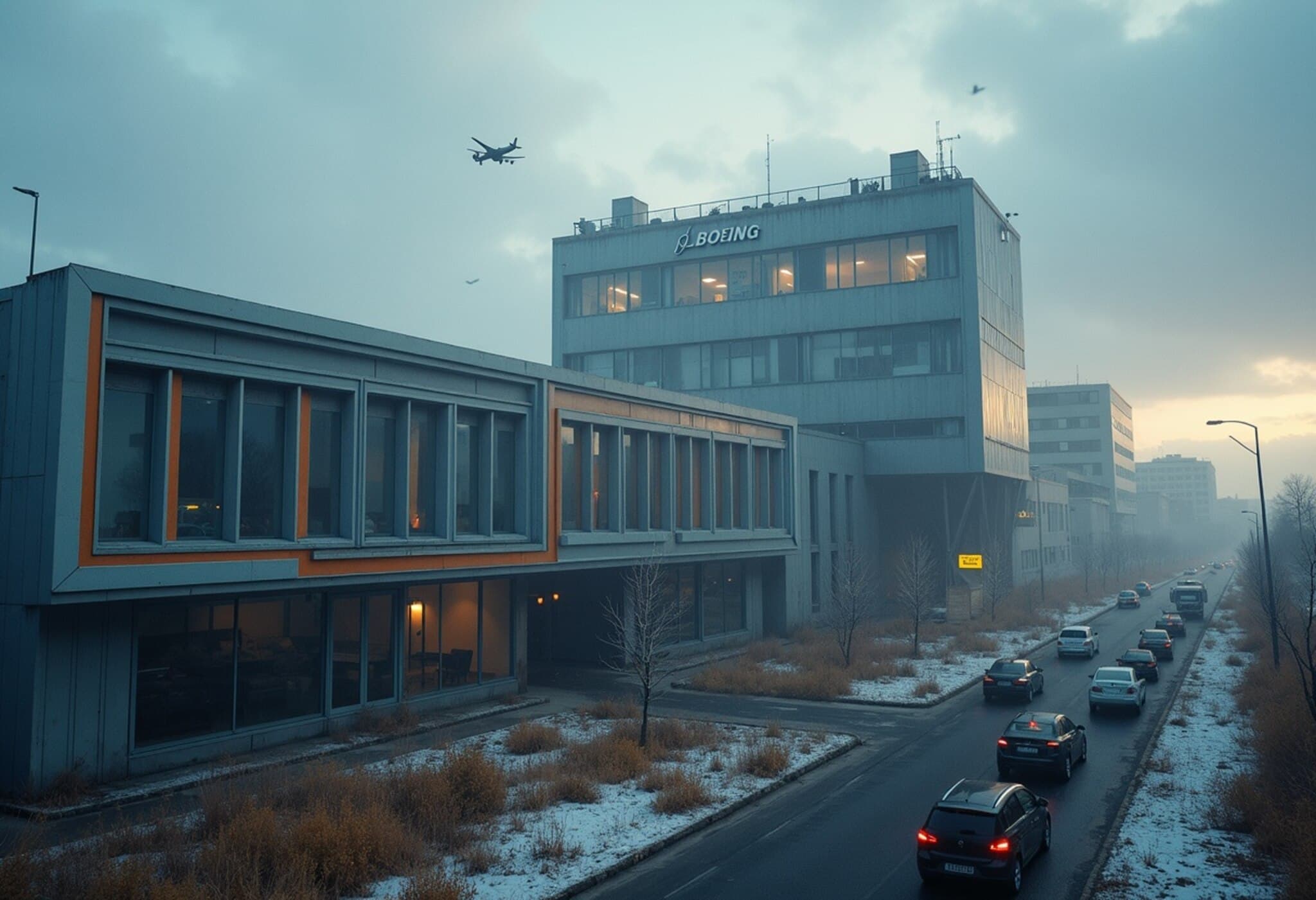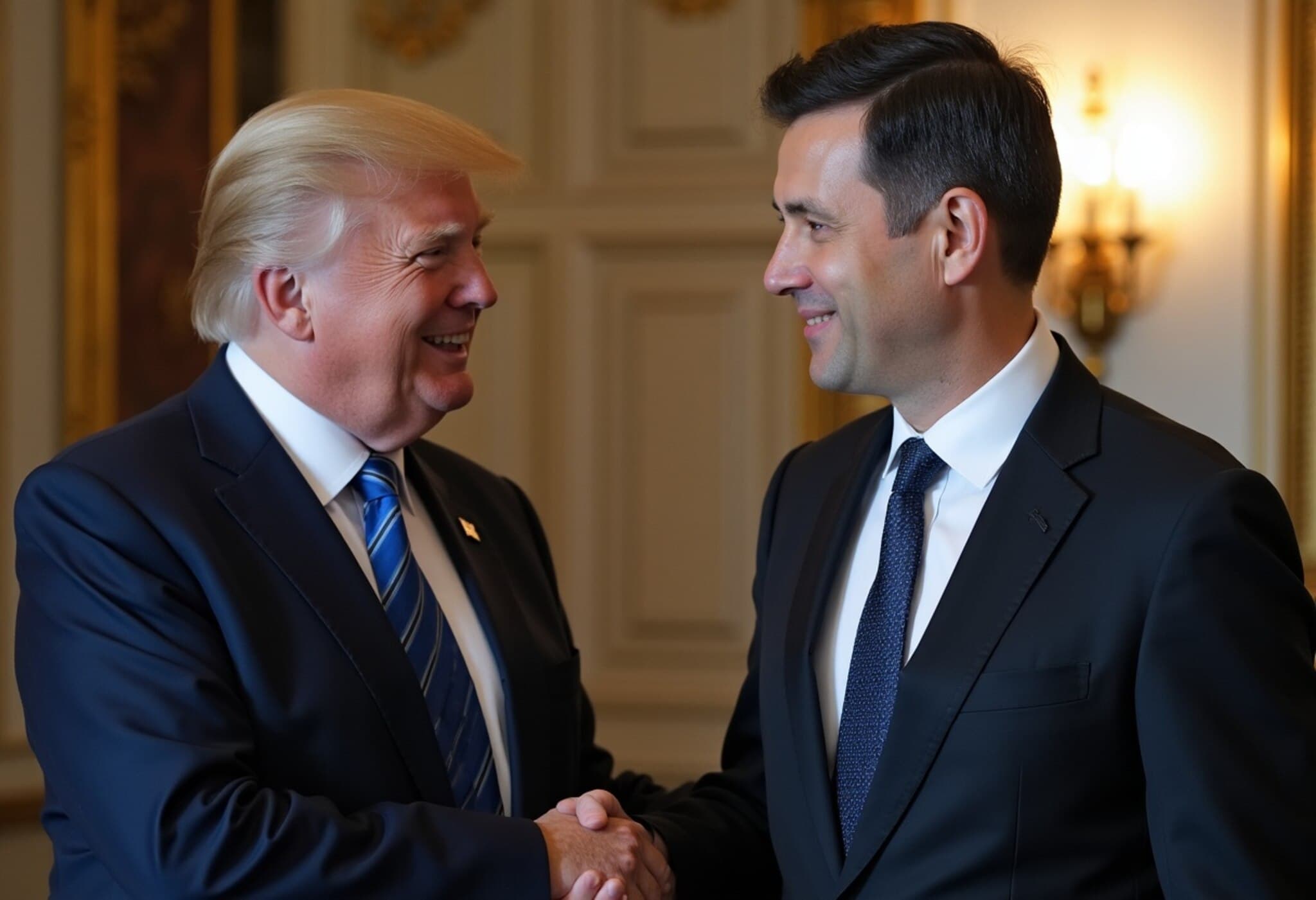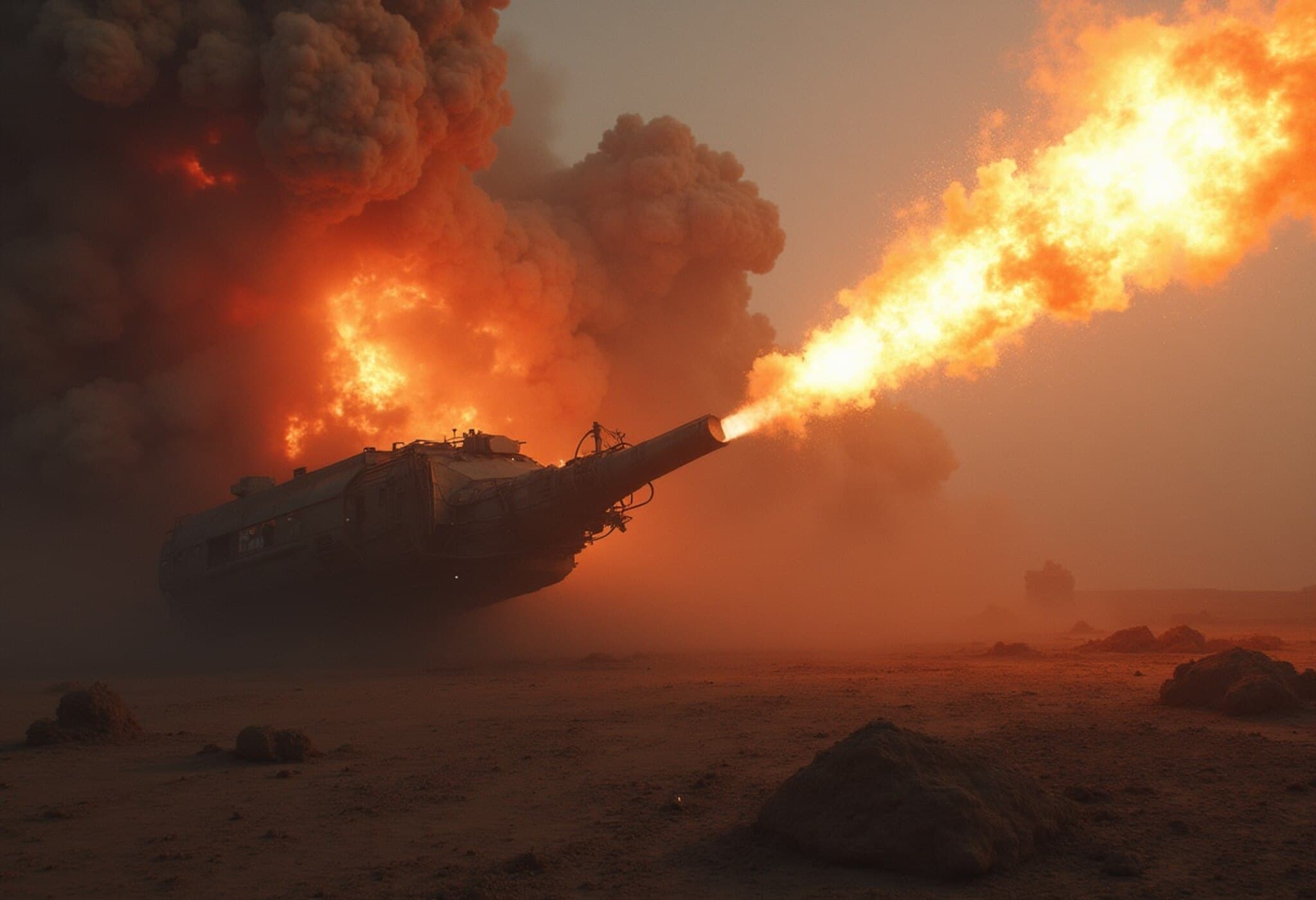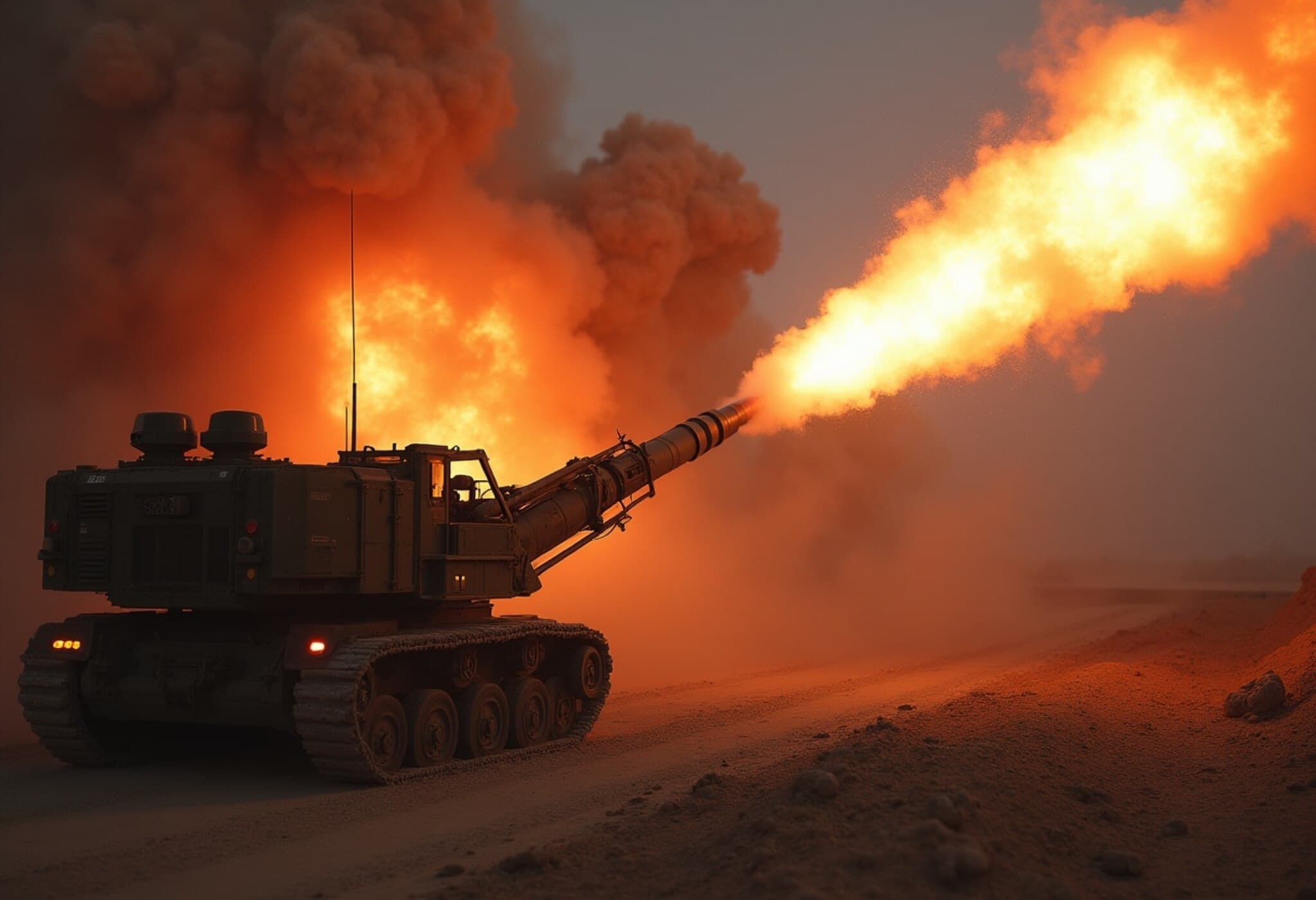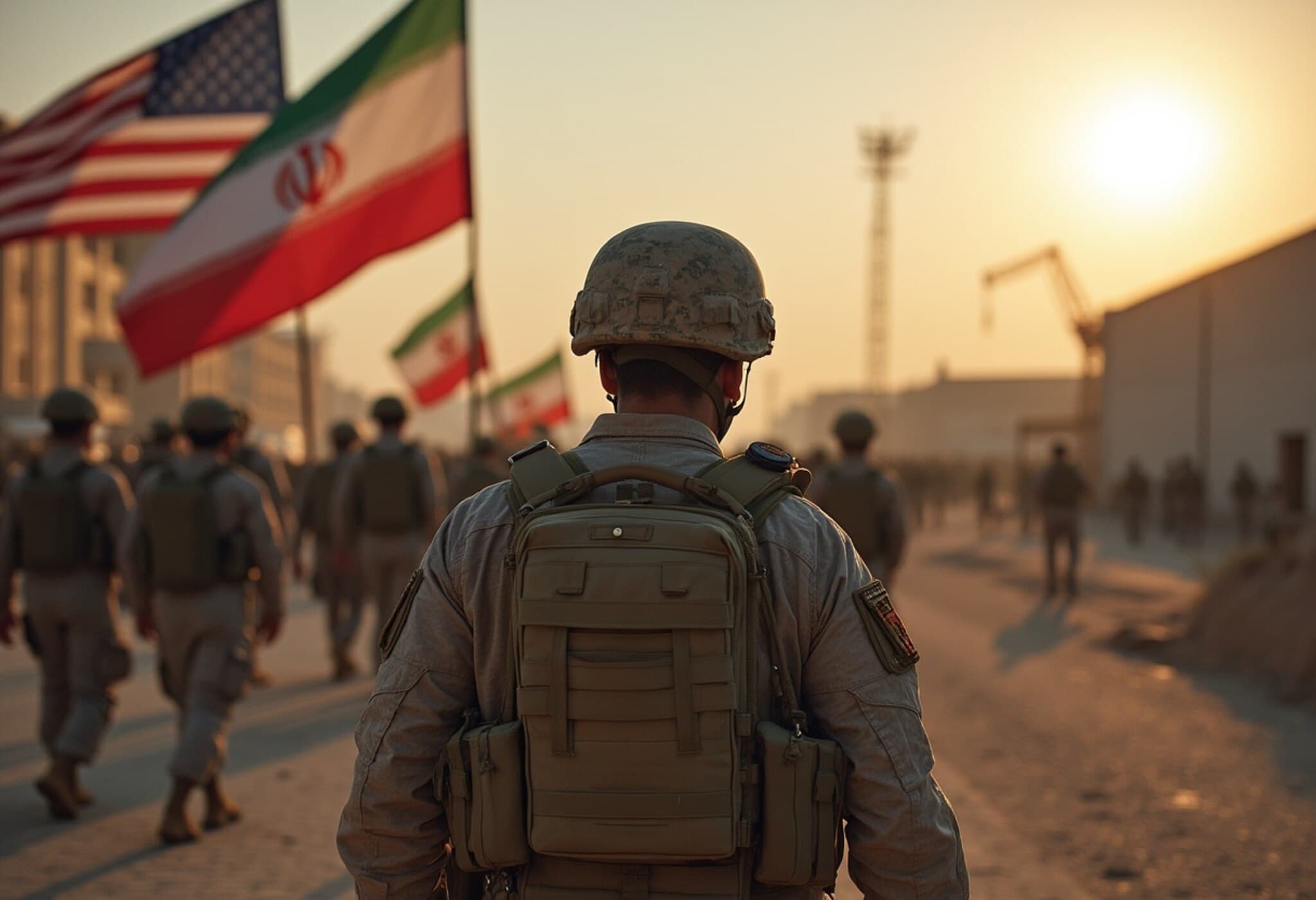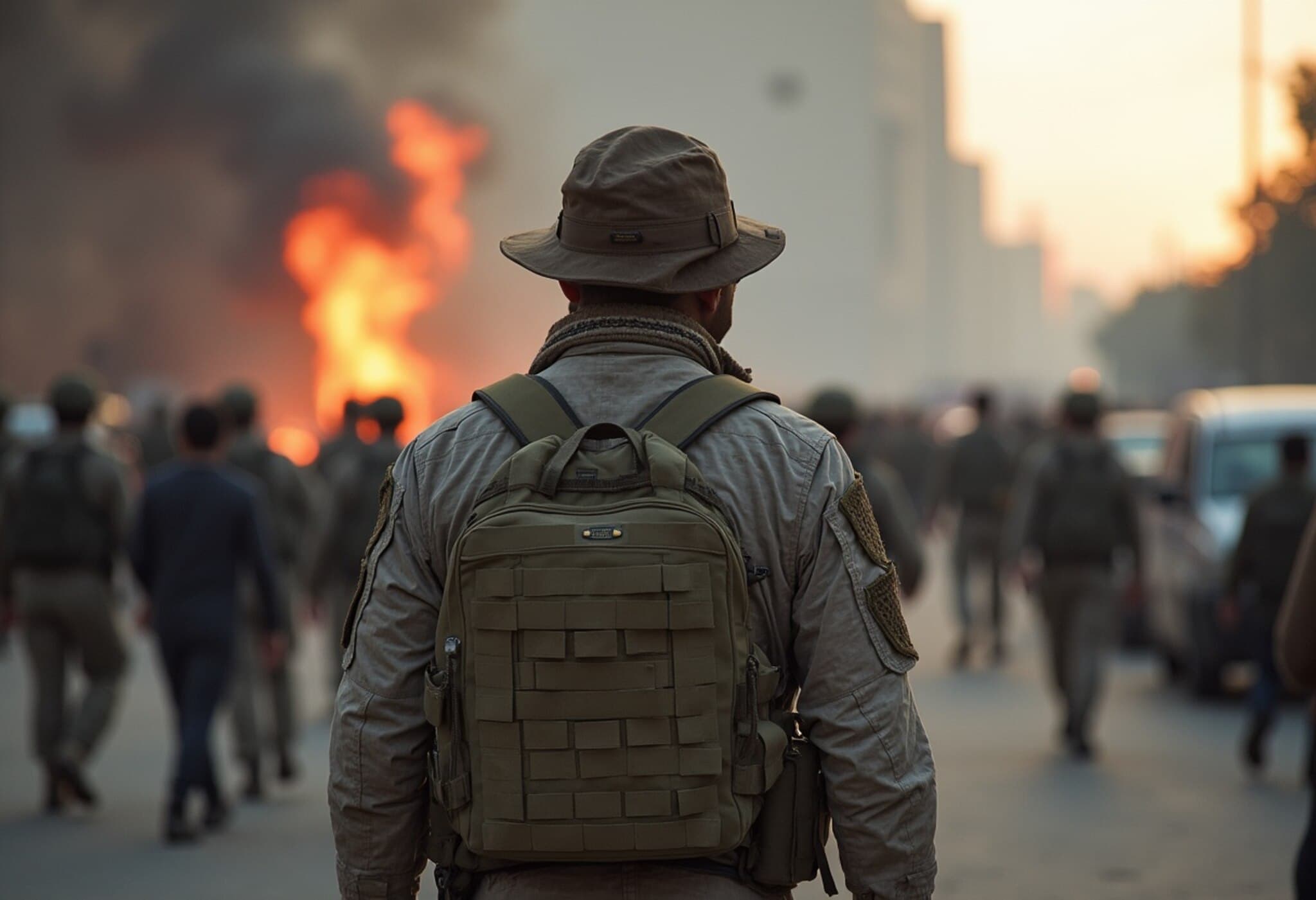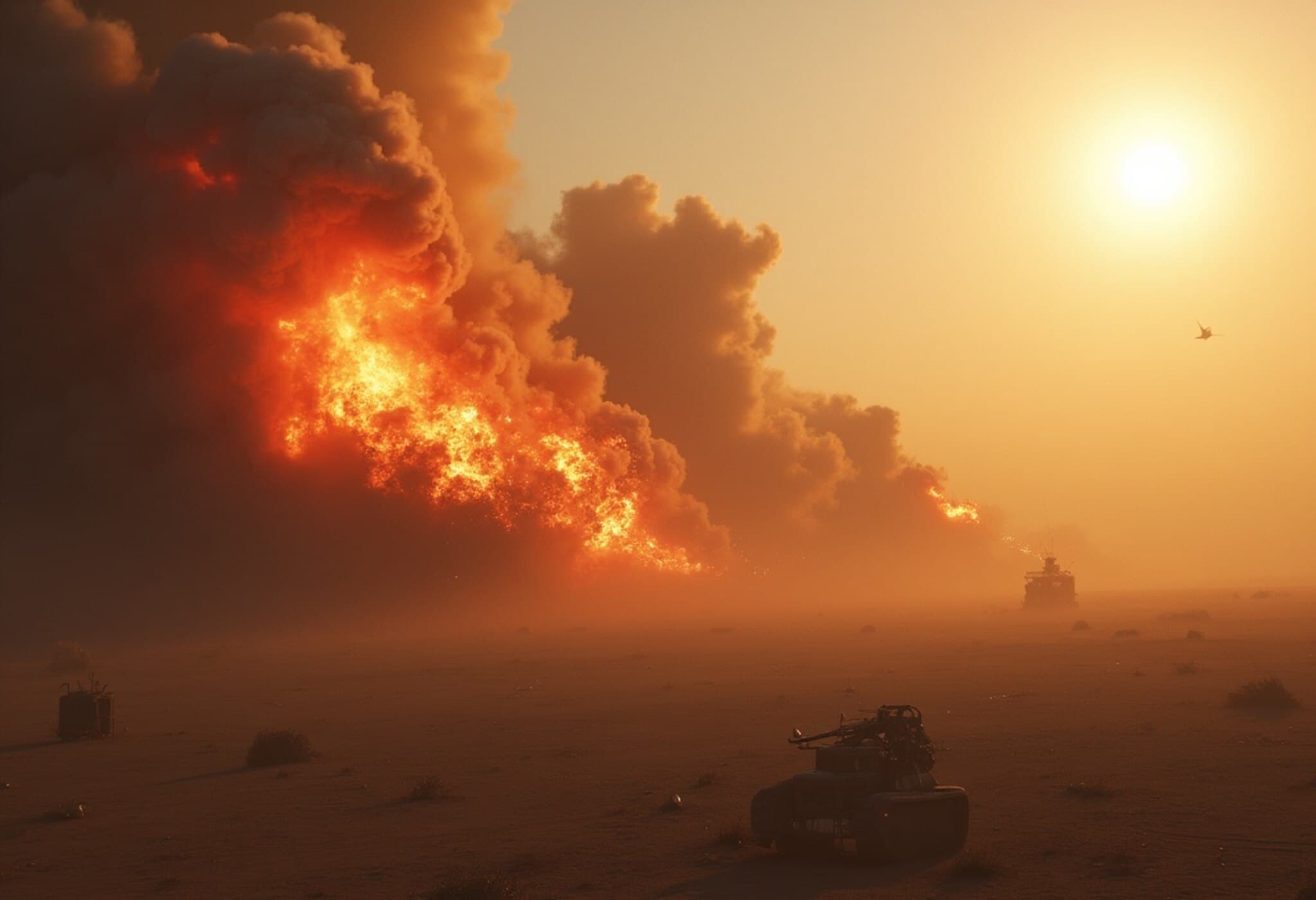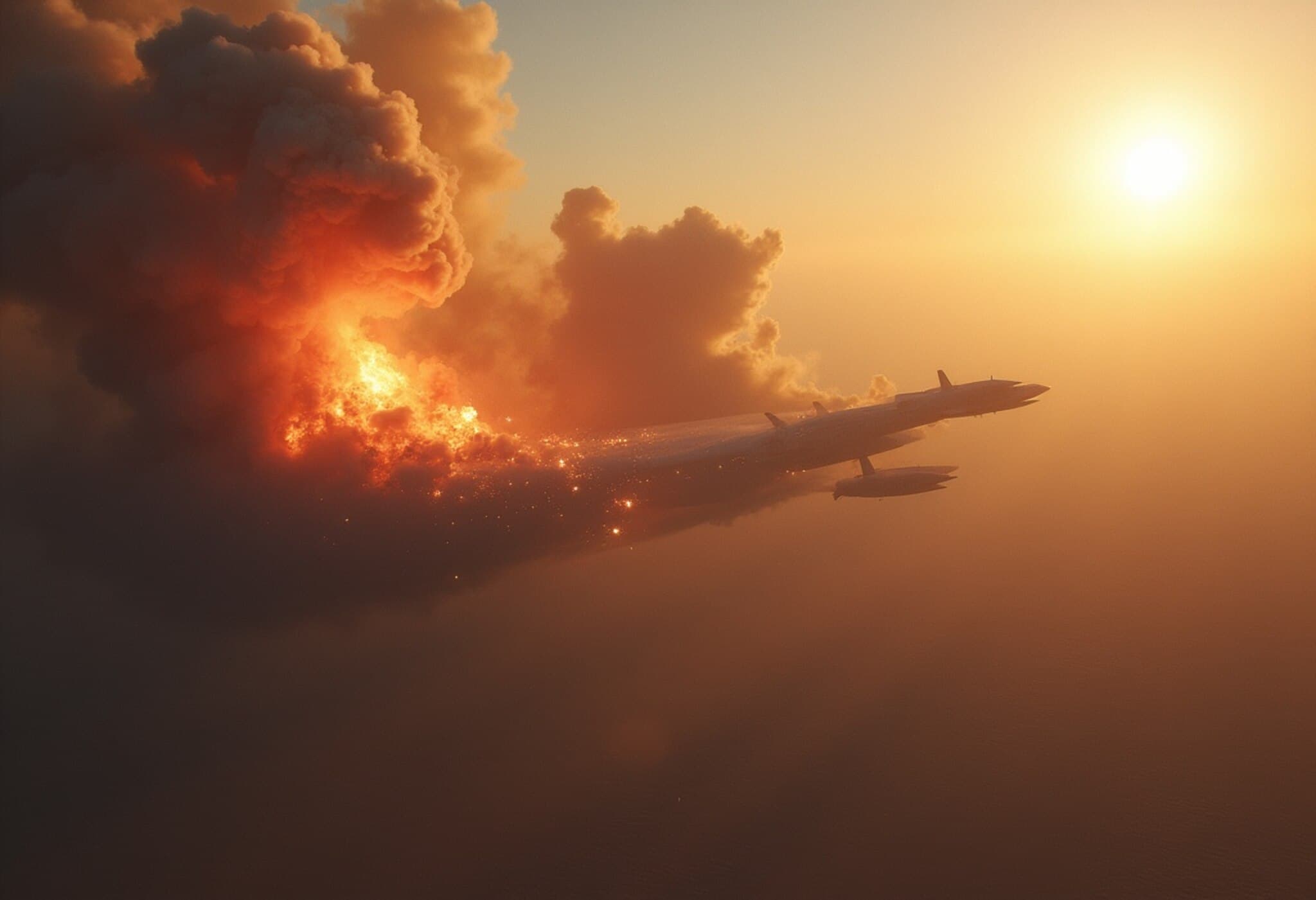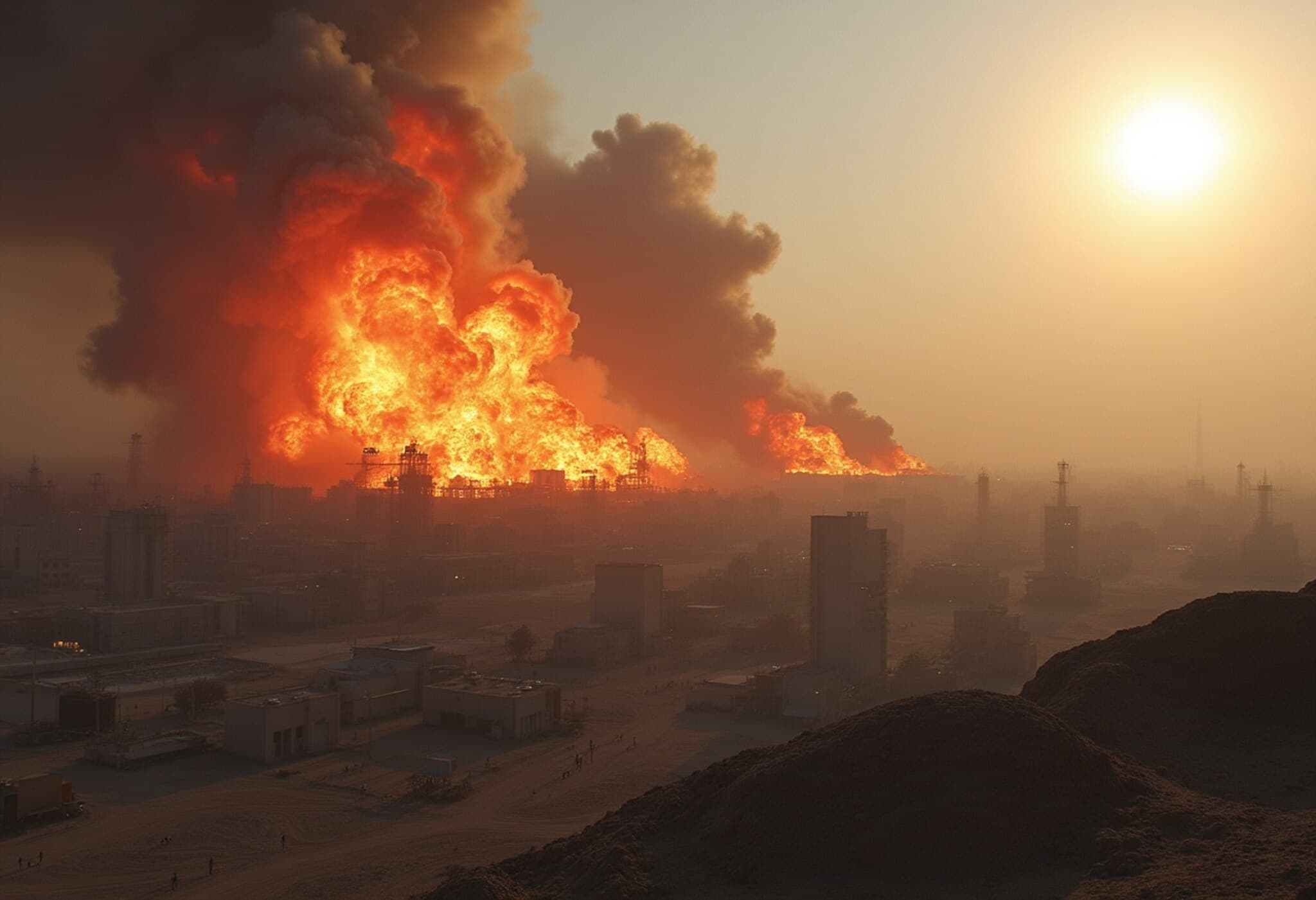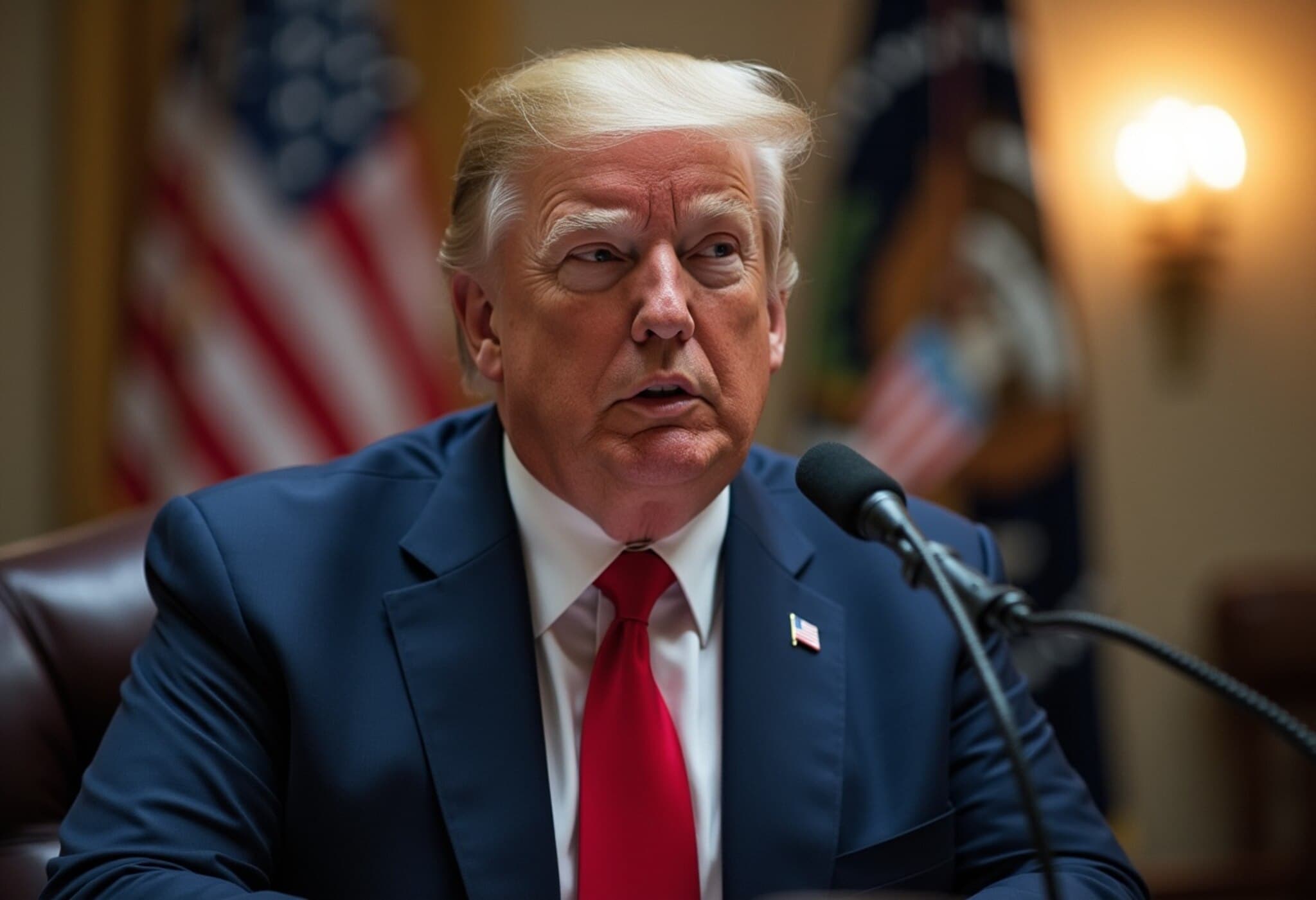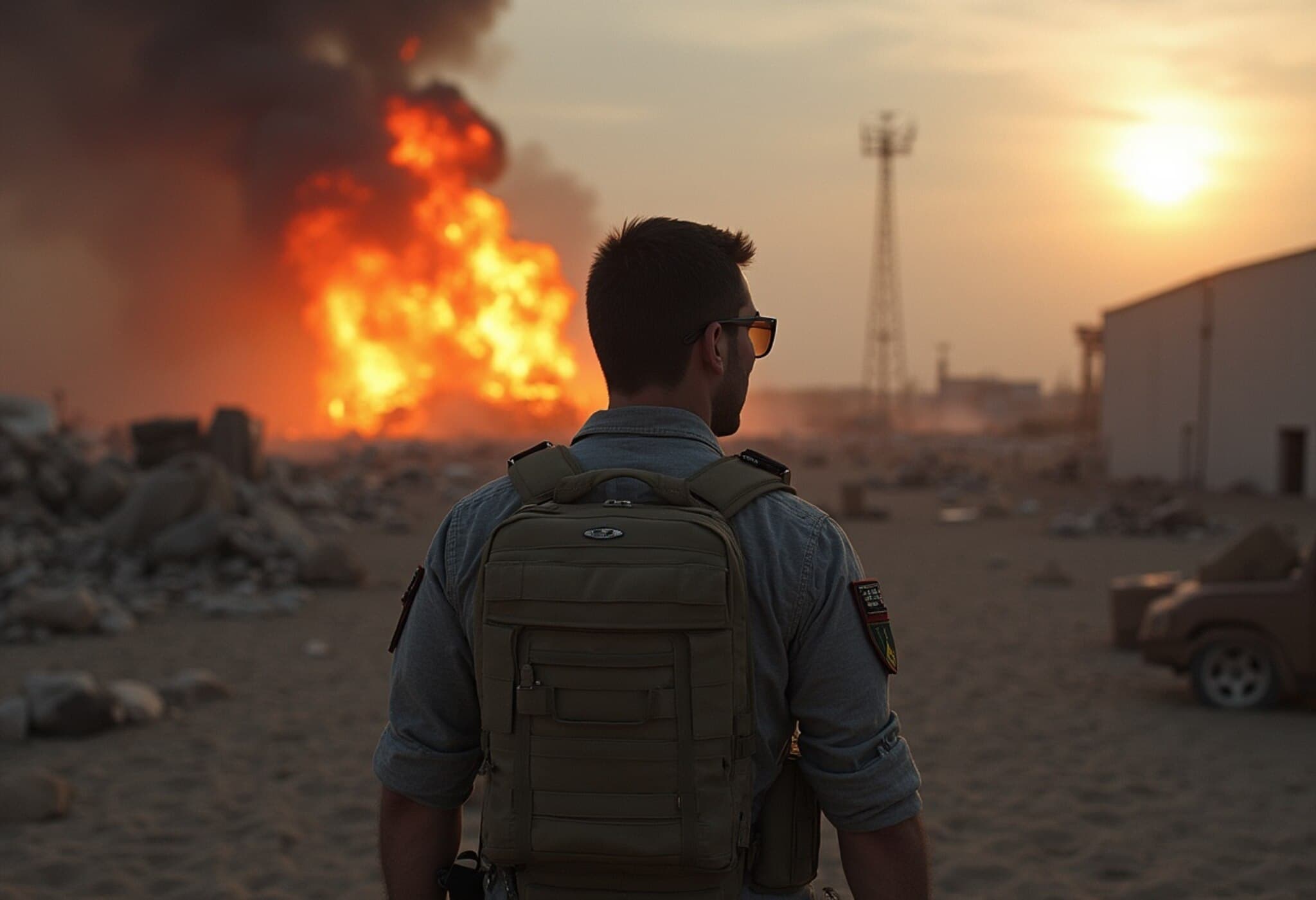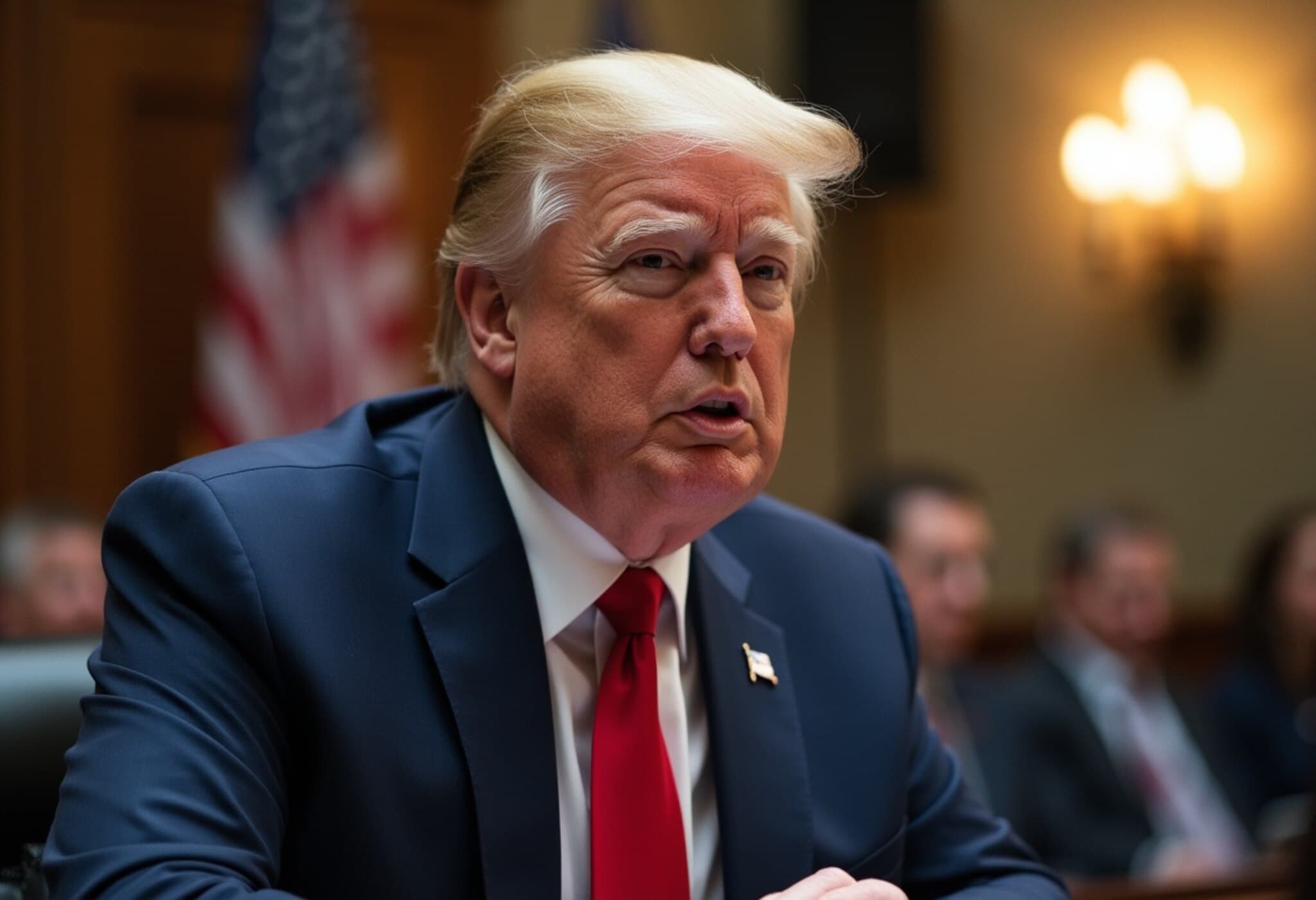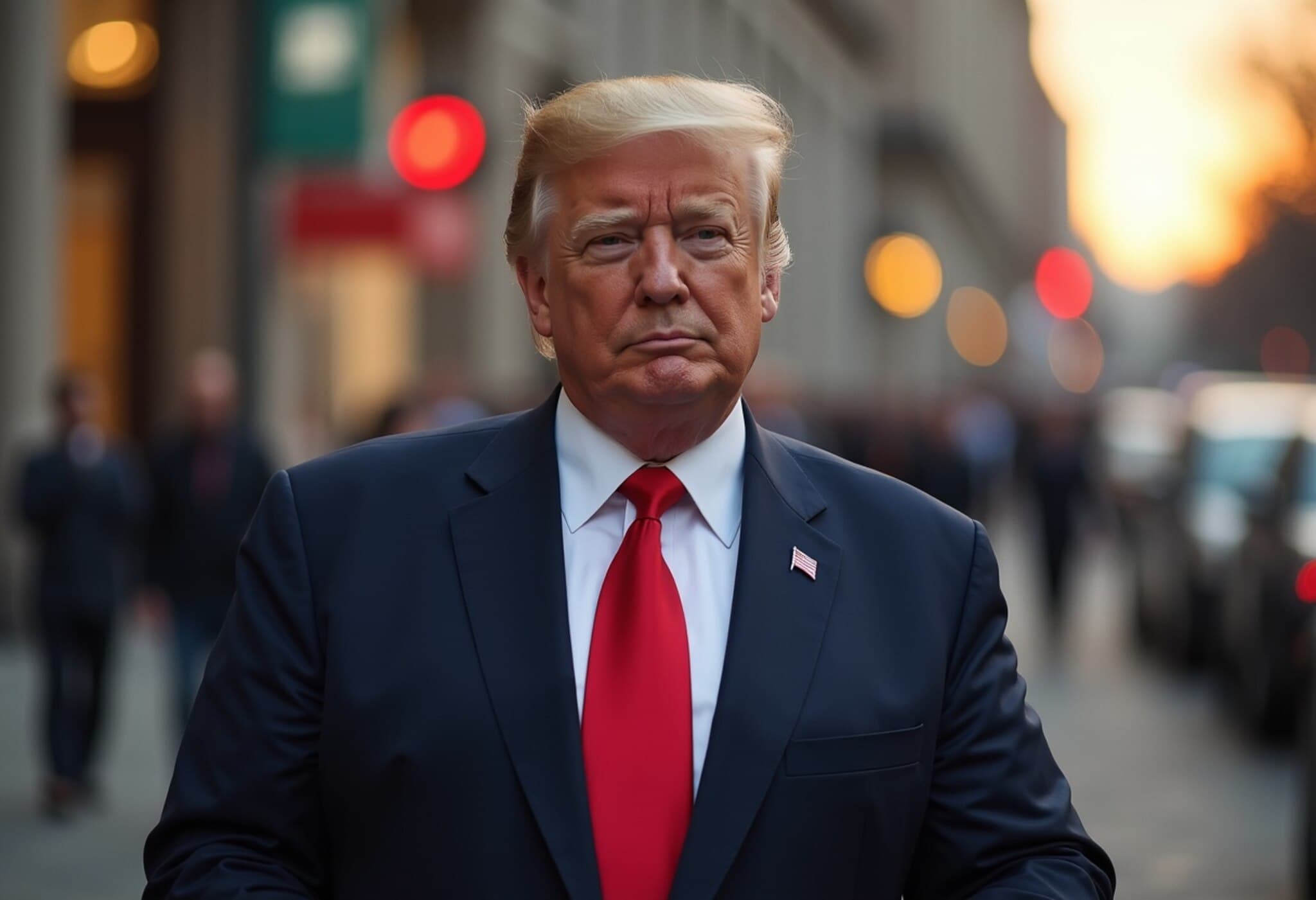US Intelligence Questions Extent of Damage to Iran’s Nuclear Program
Recent American air strikes targeting Iran’s nuclear facilities have sparked a debate about their actual effectiveness. Contrary to President Trump’s claim that the strikes had "completely and totally obliterated" Iran’s nuclear program, US intelligence agencies suggest that while the attacks caused significant damage, Iran’s enrichment capabilities remain recoverable within months.
Assessing the Impact: Damage but Not Destruction
A classified report from the Defense Intelligence Agency (DIA) reveals that key sites at Fordo, Natanz, and Isfahan were hit, but not demolished. Despite the use of heavy bunker-buster bombs, fortified underground facilities, particularly at Fordo, were not penetrated. The entrances to tunnels collapsed, but the centrifuge halls remain largely intact.
Moreover, much of Iran’s highly enriched uranium stockpile was likely relocated prior to the strikes, reducing the attacks' overall impact on Iran's nuclear arsenal.
White House Pushback and Political Fallout
President Trump strongly rejected the intelligence report, branding it an "attempt to demean one of the most successful military strikes in history," insisting that the nuclear sites are "completely destroyed." The White House labeled the DIA assessment as "flat-out wrong," with press officials arguing that the leaks sought to discredit US military personnel and undermine Trump’s leadership.
Signs Iran Anticipated the Strikes
Satellite imagery captured days before the assault revealed Iranian activity near the Fordo facility, including bulldozers and trucks sealing tunnel entrances. Analysts believe these movements were part of efforts to protect key materials and equipment by moving them out of harm's way.
Eric Brewer, a former intelligence analyst, noted the plausibility of Iran relocating enriched uranium from the site. Kelsey Davenport, an arms control expert, warned that Iran might continue enrichment operations covertly, though such moves carry considerable risk.
Defending the Operation Despite Concerns
Vice President JD Vance described the strikes as achieving a critical goal — disrupting Iran's ability to enrich uranium to weapons-grade levels. He emphasized that even with remaining enriched material, the operation should be viewed as a success.
Before the strikes, Iran reportedly held over 400 kilograms of 60% enriched uranium, enough to construct several nuclear weapons if further processed. The status of Iran’s newly expanded facility in Isfahan remains unclear after recent joint Israeli and US operations.
A Delicate Ceasefire and Future Risks
Following the strikes, a fragile ceasefire has held, though tensions remain high. Israel accused Iran of violating the truce by launching missile attacks—a charge Tehran denies. Frustrated by ongoing conflict, President Trump urged diplomatic solutions rather than further military engagement during a conversation with Israeli Prime Minister Netanyahu.
Netanyahu declared that Israel had met its objectives, expressing gratitude for US support in neutralizing the nuclear threat.
Looking Ahead: Iran’s Nuclear Ambitions Persist
Experts caution that despite setbacks, Iran retains sufficient infrastructure and materials to rebuild a nuclear enrichment program, albeit under greater international scrutiny and logistical challenges.
The debate over the strikes’ long-term impact reflects broader concerns about regional stability and nuclear proliferation. As the situation evolves, vigilance and diplomacy will be crucial to managing Iran’s nuclear trajectory.


